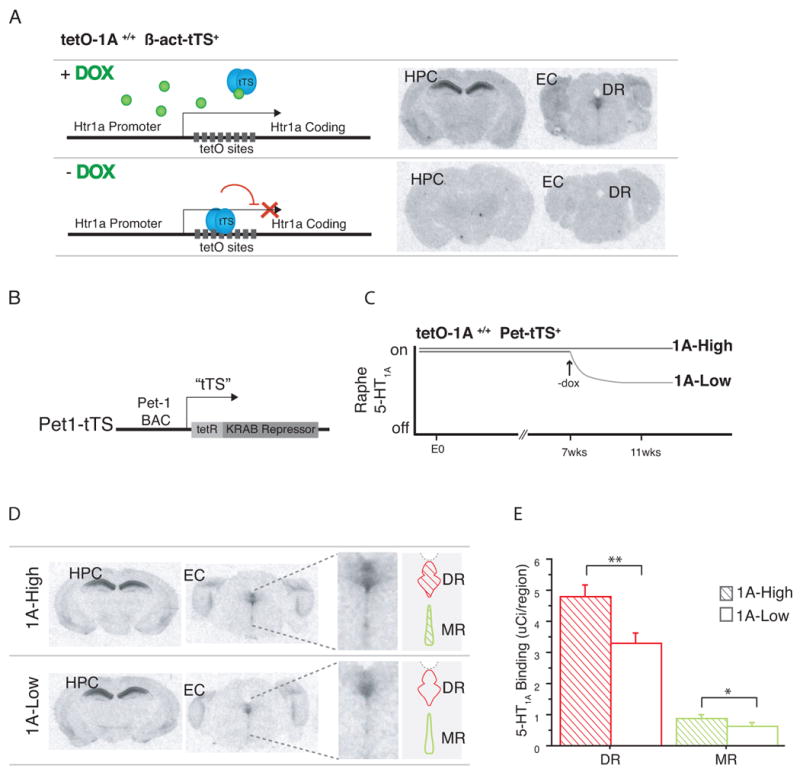Figure 1. A transgenic system for suppression of 5-HT1Areceptors.

(a) Mice homozygous for the regulatable tetO-1A allele, with one copy of the β-act-tTS transgene (tetO-1A+/+ β-act-tTS+), express 5-HT1A receptors in normal patterns in the brain when maintained on doxycycline, assessed by 125I-labeled MPPI autoradiography. When maintained in the absence doxycycline, tetO-1A+/+ β-act-tTS+ display no detectable 5-HT1A receptor expression in the brain. (b) Tissue-specific expression of tTS in serotonergic raphe neurons was accomplished by placing tTS under the control of a 40kB Pet-1 mini-BAC (Pet1-tTS). (c) tetO-1A+/+ Pet1-tTS+ mice were maintained on dox either throughout life (1A-High), or only until postnatal day 50 (approximately 7 weeks of age) (1A-Low). (d), (e) 1A-High and 1A-Low mice express indistinguishable levels of 5-HT1A heteroreceptors in forebrain areas such as the hippocampus (HPC) and entorhinal cortex (EC), while 1A-Low mice display decreased 5-HT1A expression in the dorsal (DR) and median (MR) raphe nuclei, assessed by quantitative 125I-labeled MPPI autoradiography (N=4 mice; *** P<0.005 (DR), *P<0.05 (MR)). See also Fig S1
